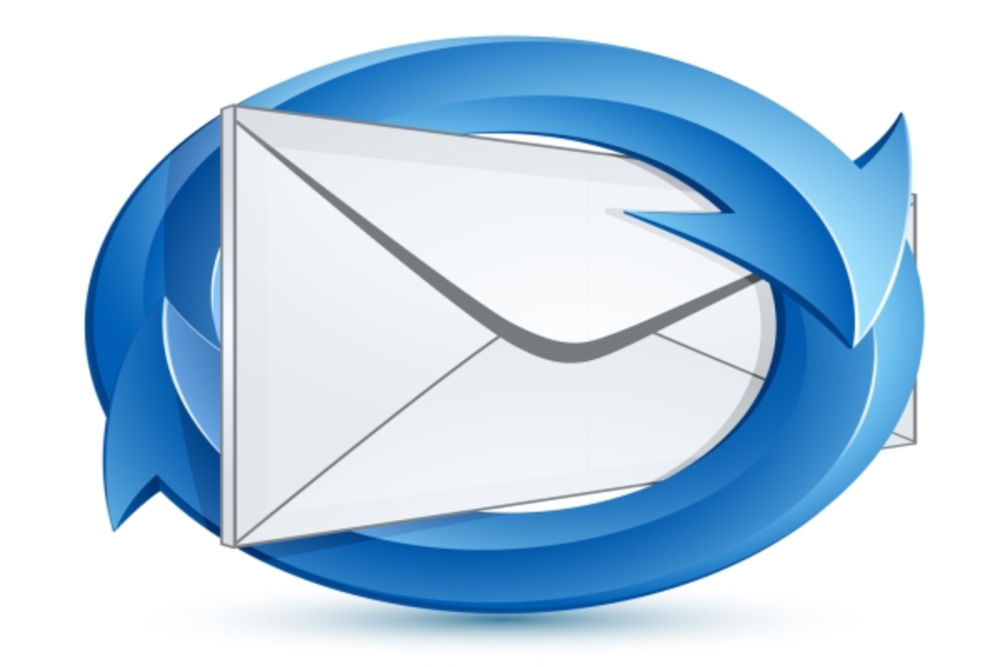Each day an average customer is exposed to more than 2,900 media messages, but will pay attention to only 52, and will remember just four. Those are the daunting numbers cited in a recent report from marketing automation software company Marketo.
“Crafting engaging email that’s relevant to the audience can be difficult because relevancy is often a moving target,” says Len Shneyder, director of industry relations at email platform Message Systems. “Relevancy is kind of a fuzzy and nebulous term. But an engaging email is one that is context aware; it’s optimized for the platform, the device that users are viewing the email on, and the content is highly relevant to the user.”
So, how can marketers make sure that their messages are one of the four that consumers actually remember? Shneyder says that marketers have to push past the clutter by crafting engaging emails that not only call attention to their messages, but prompt readers to take action. Here, he spells out several cogent strategies for crafting engaging email marketing messages.
So tell us. What is it that makes an email message engaging?
When you talk about what is engaging and what is relevant, it’s taking all [of the shopper’s] behaviors and then crafting messages that support the hypothesis of what that reader is likely to click on down the road. It’s based on observed behaviors on the site and through past emails. But I think the first level of differentiation is more technical, where you have to make sure you’re taking the right steps not to be perceived as a spammer. Use systems that are optimized and send emails according to industry standards and best practices. That’s where marketers need to start.
What are some of the challenges that email marketers face when trying to craft an engaging email?
Clutter in the inbox. There’s a lot of email sent that’s vying for a potential customer’s attention, and marketers need to differentiate themselves. How do they do that? Well, that conversation becomes deeper [when that question is asked] and revolves around choosing the right audience, trying to target, and being relevant.
And what about from the audience’s point of view? Why might cause consumers not to engage with marketers’ messages?
From a consumer’s viewpoint, we’re busy, and we don’t think or focus on a lot of the messages that we get. In a sense, [consumers are] used to having noise; however, there’s a level where the noise just becomes distracting. Marketers have to find the signal-to-noise ratio that’s most efficacious; it’s really important. Consumers don’t want to be bugged or harassed. They just want valuable content that’s worth their time. So, essentially, clutter can cause problems on both sides, for marketers and readers.
How can marketers craft an email that readers will find interesting, relevant, and engaging?
Well, there a number of things that marketers can do. First, there’s sending timely emails. Timely emails should be based on past behaviors. If people aren’t opening your emails in the evening, and they’re more likely to open them in the morning or during lunchtime, send them during that time. They’ll have the greatest impact. Keep in mind that if you’re sending emails during off-peak hours when people aren’t opening messages, then they’re actually just being added to the bottom of the pile. If you send them during peak hours, say the morning, those emails will be higher on the list.
I think another important thing that marketers might tend to overlook are preference centers. Let the consumer dictate how much email that they want to get and the types of message that they want to receive. Readers want the content to be worth their time. So preference centers are great. There’s concern that preference centers are roadblocks for marketers, but they don’t have to be part of the registration process. They can be part of a follow-up email. It’s a great way to touch base again.
Also, limiting the number of offers per email can actually help boost engagement. Customers are busy these days in a digital age of constant messages, and their attention is divided and short. Fewer messages help the email to be easier to digest and easier to take action on, not emails with primary, secondary, and tertiary columns and offers. If marketers include a clear call to action that’s well thought out and to the point, that’s much more engaging. Be clear and concise. Limit the number of call to actions.
Are there any other steps that marketers can take?
There’s this buzzword: omnichannel. When marketers consider how to include the omnichannel experience in engaging emails, they should note that it’s another way of saying relevancy. Omnichannel is really relevancy that’s transferred. A single email is only one data point. Behaviors over time and across channels tell a much better story.







